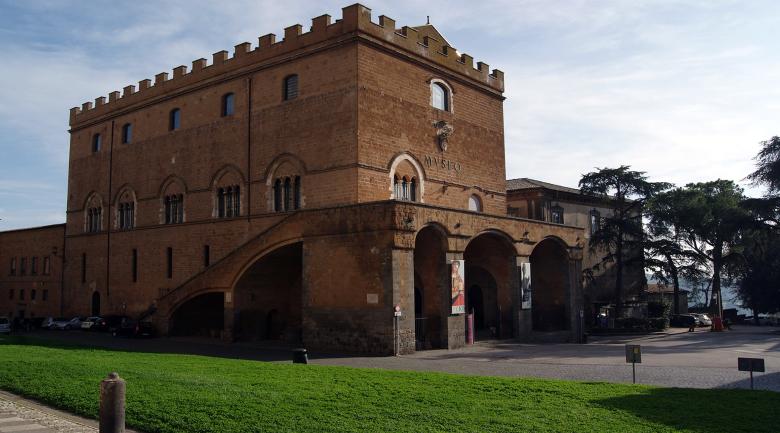However, it was in the Middle Ages that the archaic majolica of Orvieto experienced its unquestioned primacy, becoming a "model" for other Italian manufacturing centres: its heyday was between the end of the 13th and middle of the 15th centuries, with manufacture in brown and green on white enamel, adorned with retina decorations in the background and rich forms with images of birds, fish, animals, humans and beasts with human heads. In the 15th century, the "Vascellari" – as the master craftsmen were called – introduced new colours such as yellow and cobalt blue, as well as new decoration techniques such as engraved engobing, green relief – known as "zaffera". If you fancy a walk among the ruins, you can still see the once major sites of manufacturing in Orvieto: the 15th-century furnace near the Pozzo della Cava or the nearby factory that was in operation until the mid-16th century.
The rediscovery of the archaic majolica, with the medieval finds extracted from the kitchen "waste" from residential buildings and homes, encouraged the reworking of ancient forms and decorations, adapted to the new local artisan production and evoking the motifs of the past: in the interwar period, the manufacture of the famous pitchers with a protruding wide spout (galletto) began. Finally, worthy of note is the fact that the mosaic tiles of the beautiful facade of the medieval Duomo di Orvieto, expertly alternating with sculptural elements, are produced locally and, as of this artistic event, were widely known under the name of "Orvieto style"


























